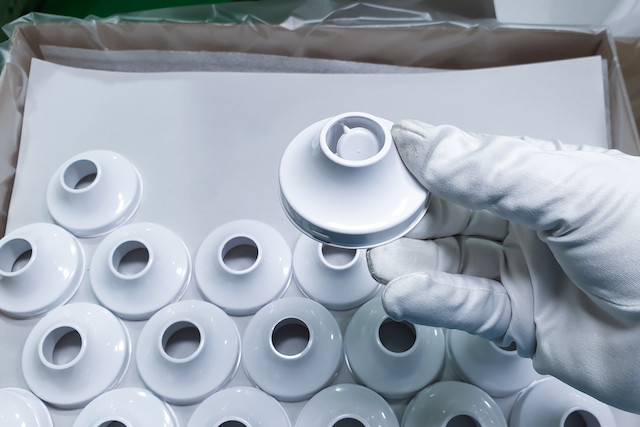The Product Circularity Data Sheet, in development in Luxembourg since 2018, has now received validation from the International Organization for Standardization, increasing its chances of global adoption.
Developed as an open-source format, the sheet gives information on what products are made of, if the materials are biodegradable and what they are designed for. If the product is added to another component, the data sheets are combined.
“Further along, the big companies that maybe sell them to the final customer can issue the PCDS saying this product is completely designed to be biodegradable and you can rely on it. So once the customer has used the product doesn't need it anymore and wants to get rid of it he can look at the PCDS and see exactly what to do with this product,” economy ministry head of sustainable technology Christian Tock told Delano in December 2020.
The PCDS initiative aims to support the collection and exchange of standardised data in the field of the circular economy and is part of the strategy to promote the data-driven economy. Since its launch, more than 50 companies from 12 different countries have joined the project.
Christian Tock said on Thursday: “The PCDS will save time and money for everyone across the circular economy supply cycle by providing a standard that can be easily interfaced with their own systems. It is a major step forward in providing trustworthy and easy exchangeable data. We are appreciative of the ISO and its members for showing leadership and foresight in this critical arena. One of our aims in supporting this, was to show how Luxembourg is a digital innovation driver for the circular economy.”
